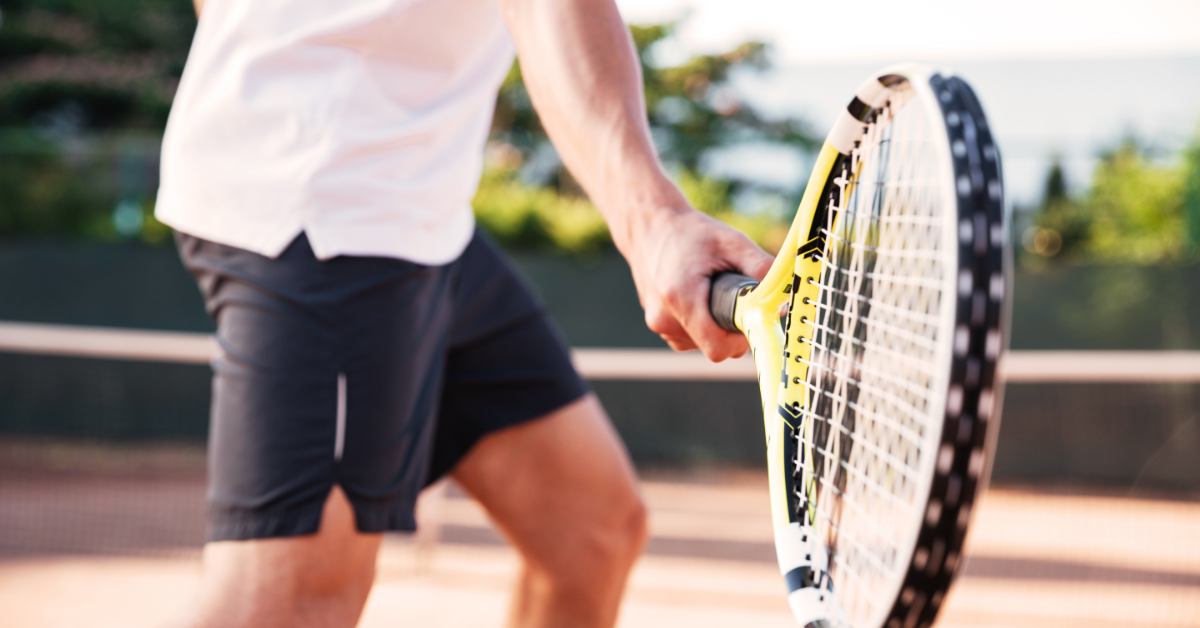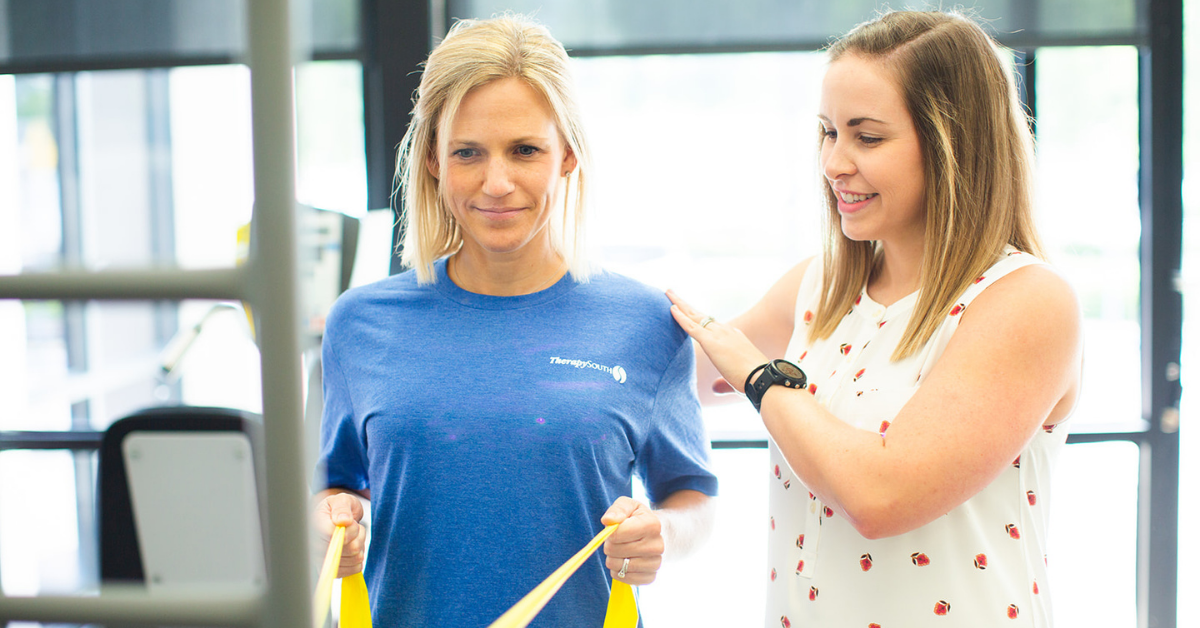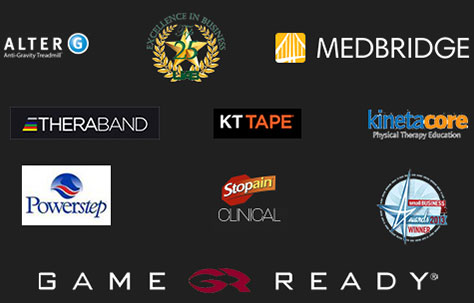Featured Therapist: Hannah Cox, PT, DPT
Athletes should know that training and practice can only take them as far as their healthy body will allow. The risk of injury and missing competition as a result can weigh heavily on performance and attitude toward their sport.
From a physical therapist’s perspective, it is common to see the same types of injuries from athletes of the same sport. Whether this is due to improper form, hypomobility of joint or muscle tissues, weakness, or existing conditions, we can help through educating our patients and providing treatment.
Injuries on the court
For tennis players, shoulder impingement, tennis elbow, knee pain, and calf muscle strains are common injuries seen starting mid-to-late season. These injuries are not uncommon for individuals playing singles, or even for those playing both singles and doubles. Although tennis is non-contact, it is a very dynamic and ballistic sport, which can easily result in injury.
Tennis requires quick sprints and endurance of fast twitch muscle fibers, thus causing a “nagging” discomfort of an athlete’s shoulder, elbow, or knee to become chronic injury.
When ignored, chronic injuries usually lead to poor match performance, missing matches, or ending a season too early.

Treatment through physical therapy
Over the past couple of years, Hannah Cox, PT ,DPT, FDN has seen a lot of tennis players with the same injuries and limitations affecting performance. With so many patients coming to see her for treatment at TherapySouth, she decided to develop a wellness program designed specifically for tennis athletes, known as “MatchReady.”
The MatchReady program consists of several treatment options to get players back on the court quickly (and healthy!)

Functional Dry Needling
Although the name isn’t too enticing, it is one of the quickest and most effective ways to get clients back on the court. This method removes muscular “trigger points”, improves muscle firing (improved muscle strength and endurance), improves joint range of motion, and decreases stiffness.

Manual Therapy
This method is a great adjunct to dry needling or can be used by itself. This treatment can eliminate joint tightness and joint capsular stiffness, improve flexibility of muscle groups, and decrease muscle tension.

Rock Tape
Hannah has several different methods to tape clients that provide muscle and joint support, decrease swelling, decrease soreness, and can improve biomechanical patterns of movement.

Movement Assessment
For those clients that feel like they always get the same injury at the end of each season, Hannah can assess running and stroke movements. She can then recommend appropriate stretches and strengthening exercises to enhance movement patterns that would decrease likelihood of re-injury.

In addition to treating injuries, Hannah provides a wellness program for injury prevention. Should a player feel a restriction in range of motion, tightness of a muscle group, or have any reason to feel injury is soon impending, it is recommended to come get screened by Hannah. Hannah can then recommend one (or more) of the above treatment options to keep you from missing any matches due to injury!
If you are looking to get back out on the court and enjoy the game again, come see Hannah and ask about the MatchReady program.
Hannah first became interested in physical therapy as early as middle school when she became a patient herself. Physical therapy allowed Hannah to compete in competitive travel sports throughout high school, thus growing her passion for the field. She received her bachelors in Kinesiology at Mississippi State and then completed UAB’s Doctorate of Physical Therapy Program. She is Functional Dry Needling Certified and loves orthopedics of all types (But especially sports!). When Hannah isn’t working, she loves to run marathons and go fly fishing with her husband.







